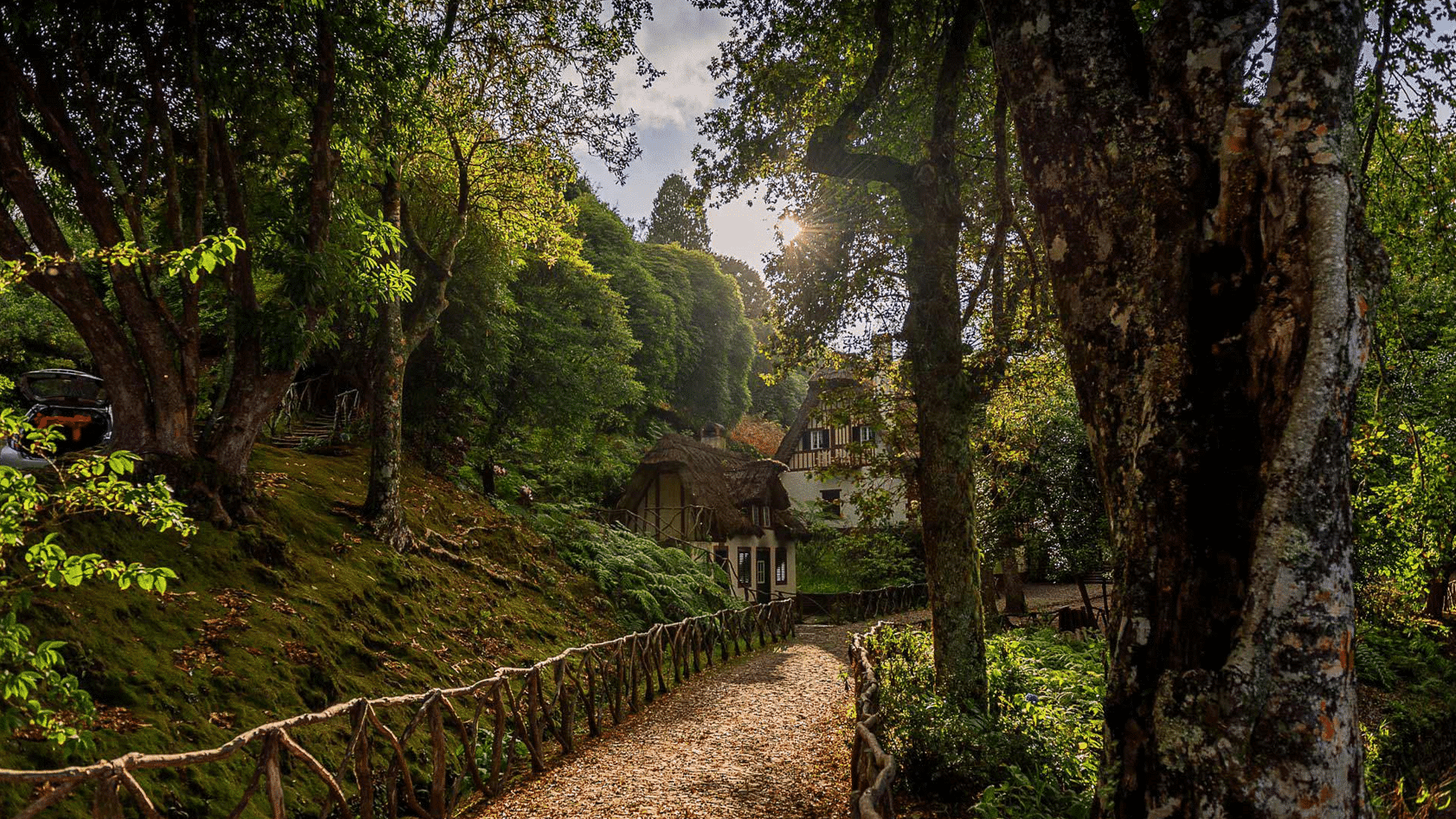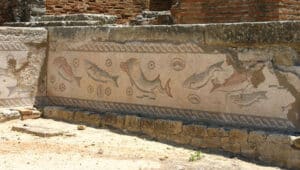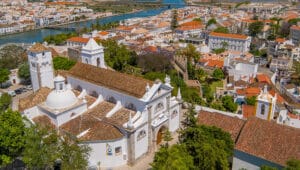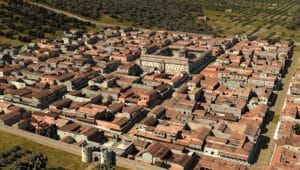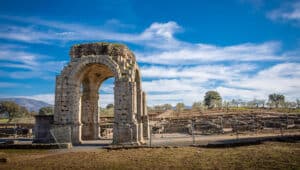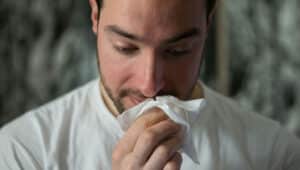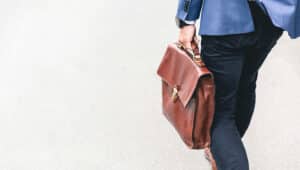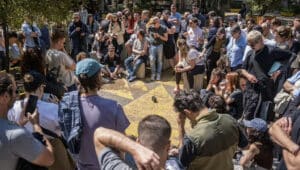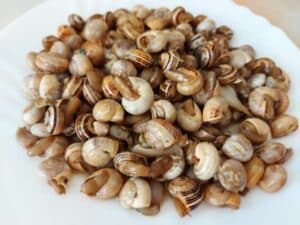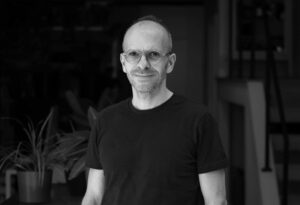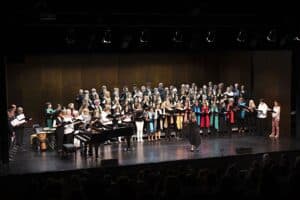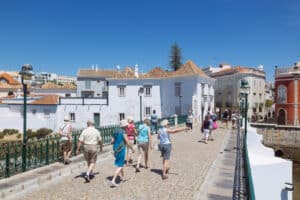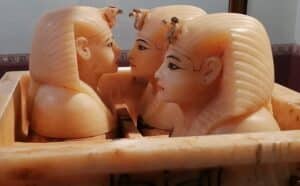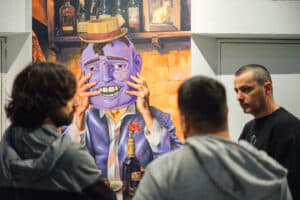This enchanted island of Carthaginian legend was rediscovered in 1419 by an exploratory expedition financed by Prince Henry (the navigator) and led by João Gonçalves Zarco.
They found a landmass of 800 km2 which was almost entirely covered by a primary laurel forest containing a unique suite of flora and fauna.
During the subsequent decade, a motley array of adventurous settlers was brought to the island and allocated plots of land in the captaincy of Funchal. Their first task was to clear vegetation in the vicinity to permit the cultivation of wheat and vegetables and to provide grazing for livestock.
In this they were aided by a long-lasting forest fire which was probably started by human activity and revealed a rich and fertile topsoil. Soon the production of wheat far exceeded local demand and the surplus was exported to mainland Portugal with samples of timber which aroused the interest of builders and carpenters.
Thus began the export of the hardwood species such as red yew and cedars for both the manufacture of furniture and construction. Soon lofty warehouses and palatial residences made almost entirely of Madeiran wood were to be seen in Lisbon, while chairs, tables and wardrobes were popular among the nobility and merchants.
The possibility of sugar production brought specialists in cane cultivation from Cyprus and Sicily who found that the soil and climate were ideal for such purpose. Cash crops were planted in the vicinity of Funchal where the first mills (engenhos) were built. Finance for this speculation was provided by Genoese merchant bankers, some of whom later became resident to form part of the ruling elite.
More land was acquired along the southern coast for plantations and the port facilities improved so that a fleet of up to 70 merchant ships could ply the trading routes, principally to Antwerp where refineries supplied European demand but also to Lisbon, London and Amsterdam.
Until 1450, indentured Berber labourers were brought to Madeira from Morocco to fell the trees and transport the wood to saw-mills. But the rapid expansion of sugar made it necessary and cheaper to bring slaves from West Africa. In 1485, their numbers were estimated to be around 2,500 with an annual production of 800 tons. By 1500, the figures were 3,000/1200 tons and in 1510 reached 3,400/1900 tons.
To produce 1 kg of sugar, it was necessary to burn 50 kg of wood. By the apex of production at the turn of the 15th/16th centuries, 150 factories had been built in Funchal, which meant that they must be fed by destroying the forest in more remote locations and making it increasingly expensive to transport along steep tracks huge quantities of firewood and cane.
More slaves were also needed to fell selected tree specimens for carpentry/construction and to move these to the port of Funchal. From 1505, plagues of caterpillars, an explosion in the numbers of migrant rats and the spread of fast-growing weeds in the plantations brought about a further increase in the number of slaves required to combat these pests.
The annual import of African slaves increased to 500 to allow for their rising mortality rate. Additionally, the delicate balance of hydro-ecology had been altered and the previous abundance of fresh water to the townships reduced.
By 1520, the destruction within only 50 years of nearly 75% of the island’s forestry wealth prompted a sharp decline in sugar exports. Production fell to 1073 tons (0.30 tons per slave) and, 10 years later, to 550 tons and only 0.15 tons per slave.
Prescient of this calamity, the Genoese merchant-bankers had, from the late 15th century, begun to transplant sugar cane from Madeira to the Island of São Tomé, situated in the Gulf of Guinea. This had a mixed population which included convicted criminals and exiled Sephardic Jews who had a previous expertise in the production of sugar on a large scale and led to the opening of at least 50 mills, which employed nearly 3,000 Negro slaves shipped from West Africa.
With the combined production of Madeira and São Tomé, Portugal had dominated world trade, but the slump in prices amounted to a fall of 85% and forced the curtailment of activity in the two islands and the rise of Brazil as a pivotal world producer.
This is a history of the birth of Portuguese capitalism which replaced the mediaeval system of barter with the classic sequence of invention, boom and bust. This was at an economic rapidity unseen before and pursued regardless of the damage caused by the exploitation of both ecological and human resources in the name of profit.
As a footnote, I should record that vestiges of the Laurisilva of Madeira exist within the Parque Natural situated along the northern coastline. Although much of the 15,000 hectares are largely inaccessible, the terrain can be visited on foot by following the pathways which connect the system of water conduits (levadas) cut in stone. With luck, you may see some of the few indigenous multivariate arachnids and other insects, prehistoric ferns, eight centuries old hardwoods, birds and animals which have survived the depredations of rampant, opportunistic capitalists.
|| features@portugalresident.com
Roberto Cavaleiro has been a citizen of Portugal since 1989. Until 2002 he was very active in the watersports industry both as a distributor of boats and equipment and as the owner of O Clube Náutico do Zêzere the first purpose-built centre where national competitions and training sessions were organized for wakeboard, water-ski, jet-ski, dinghy sailing and triathlon. As a nonagenarian now in retirement he is an active essayist, documentarian and poet.

